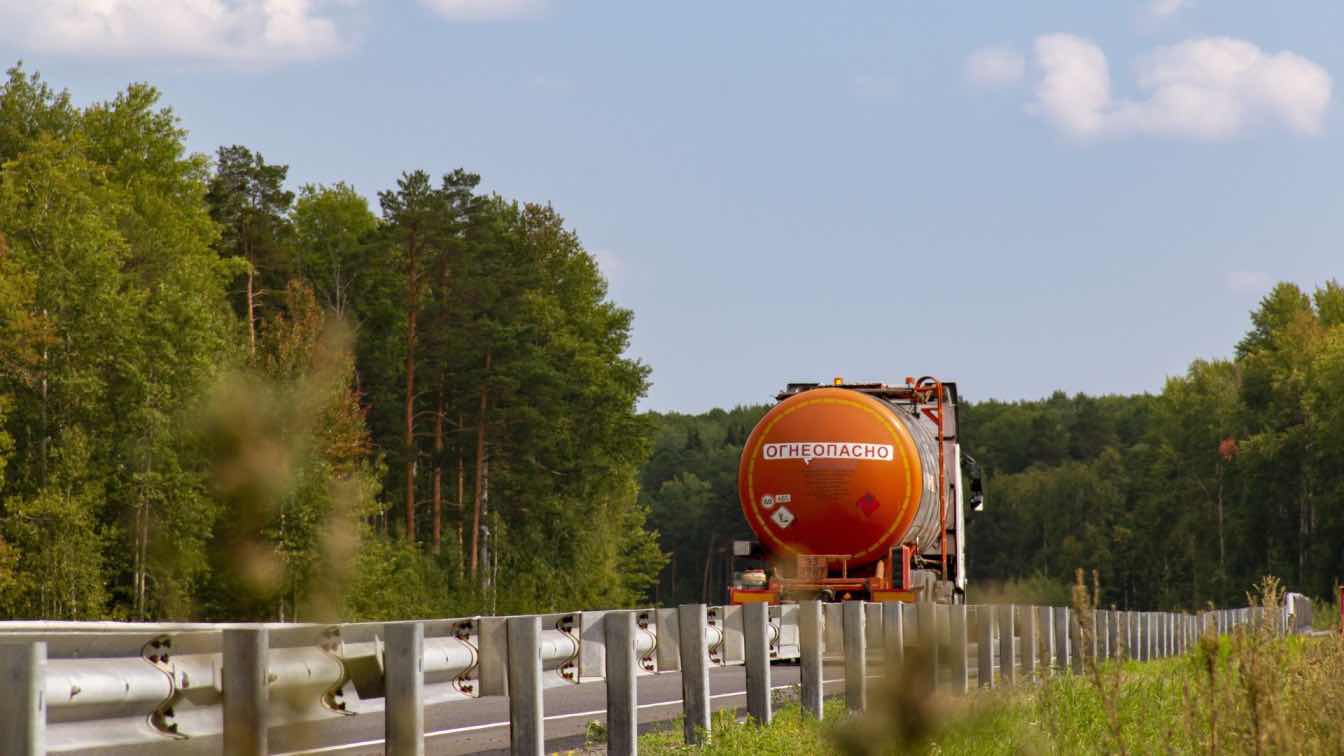For industries that depend on a consistent supply of fuel—such as agriculture, construction, logistics, and energy production—running out of fuel is more than just an inconvenience. It can bring operations to a halt, create unexpected downtime, and lead to lost revenue. Fuel shortages, even temporary ones, can disrupt workflows, delay deliveries, and strain client relationships.
By leveraging advanced sensors and cloud-based platforms, businesses can keep track of fuel levels with pinpoint accuracy. These systems alert users before levels get critically low and help avoid the steep costs associated with supply disruptions. It’s not just a convenience—real-time monitoring is becoming a must-have tool for any operation where fuel is mission-critical.
The High Cost of Unexpected Fuel Shortages
When a fuel tank unexpectedly runs dry, the consequences extend far beyond the cost of a refill. Equipment may sit idle, crews may be forced to stop working, and scheduled operations can be delayed or canceled altogether. For businesses that rely on heavy machinery or fleet vehicles, even an hour of downtime can result in thousands of dollars in lost productivity.
In addition, emergency refueling is more expensive than scheduled deliveries. Rush fees, increased transportation costs, and last-minute logistics challenges all add to the financial burden. Clients may lose confidence in your ability to meet deadlines, and your reputation could suffer.
Preventing shortages is about more than having fuel on hand—it’s about protecting your business from unnecessary interruptions and expenses.
How Real-Time Monitoring Works
Real-time fuel monitoring systems use high-precision sensors installed in tanks to measure the exact fuel level at any given moment. These sensors connect to cloud-based platforms that allow operators to view data from anywhere, using a computer, smartphone, or tablet.
In many systems, alerts are customizable. You can set thresholds for when the fuel level reaches a certain percentage, ensuring you have ample time to schedule refills or adjust usage before hitting a critical point. This removes the guesswork and creates a proactive approach to fuel management.
More advanced systems also offer data analytics, allowing businesses to track usage trends, detect irregularities, and improve forecasting. By reviewing historical data, operators can refine their ordering schedules and better understand how fuel is consumed across different departments or job sites.
Advantages of Remote Access and Visibility
One of the most transformative aspects of modern fuel monitoring is the ability to remotely access tank data in real time. The option to remotely monitor fuel tanks means you don’t have to be physically present to know when action is needed. This is especially valuable for companies managing multiple sites or fuel storage locations. Fleet managers, site supervisors, and operations leaders can all view up-to-the-minute fuel data without leaving their office—or even while traveling. Centralized visibility enhances coordination and eliminates the blind spots that can lead to costly errors.
Remote monitoring also supports environmental safety and regulatory compliance by helping operators detect leaks or unauthorized usage more quickly. Having instant access to fuel tank status provides peace of mind and greater control.
Improved Inventory Planning and Delivery Coordination
Without reliable monitoring, it’s difficult to predict when and how much fuel will be needed. This can result in either running too low and facing shortages, or ordering prematurely and tying up funds in excess inventory. Real-time monitoring helps strike the right balance.
Fuel distributors also benefit from access to client tank data. With permission, suppliers can coordinate deliveries more efficiently, avoid unnecessary trips, and prioritize accounts that are approaching low levels. This streamlines the logistics on both ends and helps maintain better service levels.
By integrating real-time monitoring into your fuel management strategy, you reduce uncertainty and improve planning at every stage—from consumption to delivery.
Reducing Operational Risk and Environmental Hazards
Fuel leaks or overflows can create serious safety and environmental risks, not to mention costly clean-up efforts and potential legal penalties. Real-time systems often include alert functions for sudden drops or spikes in tank levels, which can indicate a breach or faulty equipment.
Monitoring technology can detect abnormal patterns early and allow for rapid response. Preventing even a single spill or equipment failure can save tens of thousands of dollars and protect your company from liability.
As environmental regulations become stricter, having accurate records and proactive systems in place is not just good practice—it’s a competitive advantage.
In industries where efficiency and reliability are paramount, running out of fuel is a risk that no business can afford. Real-time fuel tank monitoring offers a proactive, data-driven solution that helps companies avoid shortages, reduce waste, and streamline operations. By investing in this technology, you’re not just keeping your tanks full—you’re fueling long-term success with smarter, more responsive management.





